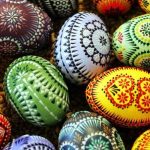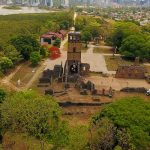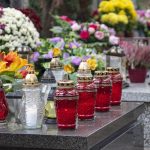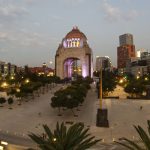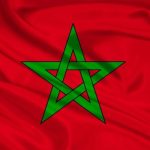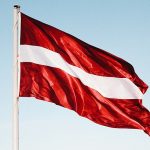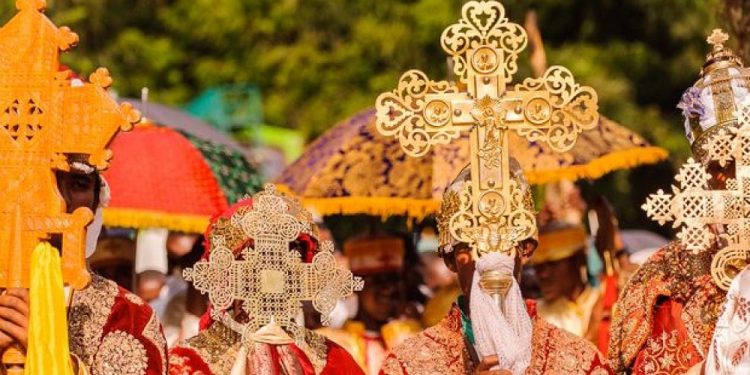
Meskel
Meskel is a Christian holiday observed in the Ethiopian Orthodox Tewahedo Church and the Eritrean Orthodox Tewahedo Church. It commemorates the discovery of the True Cross by Roman Empress Saint Helena in the fourth century.
Observances on this day typically include the burning of a large bonfire and a procession. According to the Ethiopian Orthodox Church, the discovery of the True Cross in the fourth century likely occurred in March but was moved to September to avoid conflicting with Lent.
The History of Meskel
According to tradition, St. Helena began a search for the cross in 326 A.D. She did so after a dream instructed her to light a bonfire and follow the smoke to find where Jesus’ cross was buried. It is believed that her quest was successful.
Orthodox Christians also believe that half of the holy cross was given to the Ethiopian emperor Dawit by the Patriarch of Alexandria. This gift was reportedly given as a reward for protecting Coptic Church members. Supposedly, the piece of the cross is kept in the Amba Geshen Mountains.
Historians believe that the Feast of Meskel is a tradition that dates back more than 600 years and has existed in other forms since about the 13th century.
Customs & Traditions for Meskel
Meskel, meaning “cross” in Amharic, is observed on September 27th or 28th each year. The main national feast for this holiday is held at Meskel Square in the capital of Addis Ababa. This is one of the primary religious celebrations of the Orthodox Church, which is located in the Horn of Africa.
On the day of the celebration, bonfires called Demera are burned. These bonfires are usually attended by Orthodox church leaders, diplomats, and government officials, as well as ordinary citizens. Many Ethiopians believe that the bonfire absolves them of their sins.
Some people also believe that the direction in which the bonfire collapses or the path of the smoke can predict the future. The bonfire in the capital city of Addis Ababa is decorated with the Meskel flower before being set on fire. Meskel flowers are yellow daisies that bloom at the same time as the celebration.
As the bonfire burns, the crowd circles around it, singing songs. The event is followed by festivities and prayers. During this celebration feast, a flatbread considered the national dish of Ethiopia is eaten.
This flatbread, known as injera, is a staple at the feast. According to tradition, the man of the house breaks the injera, and the rest of the family joins in eating it. All of this makes Meskel a holiday of great merriment and hope.
